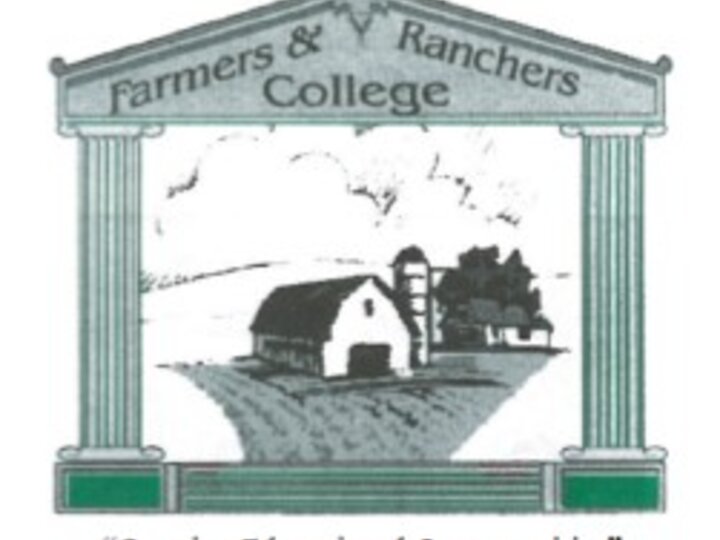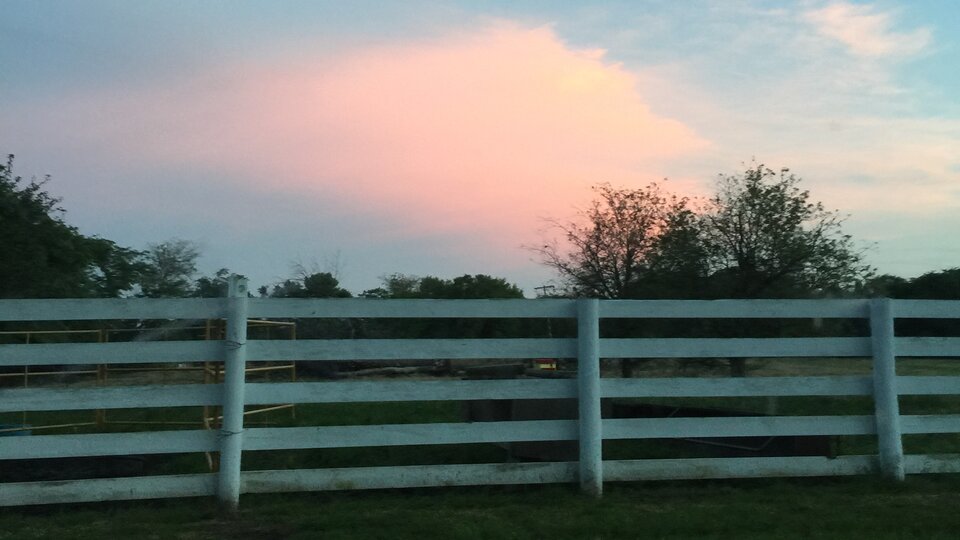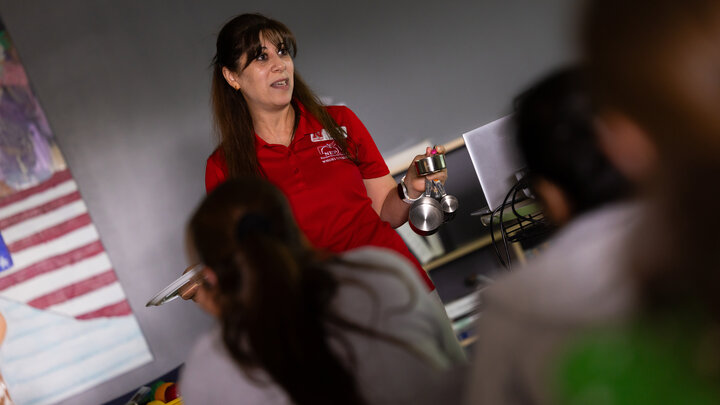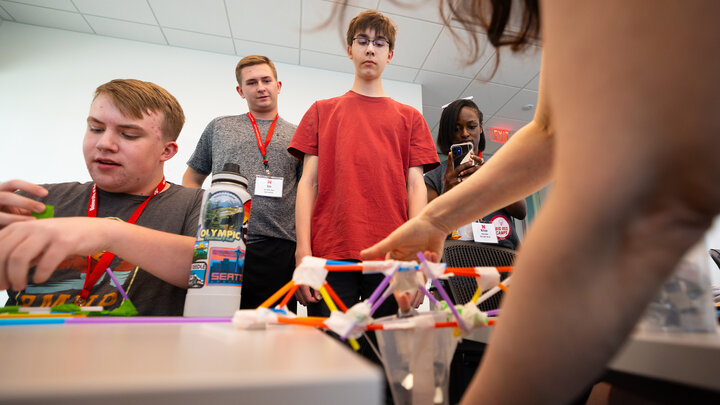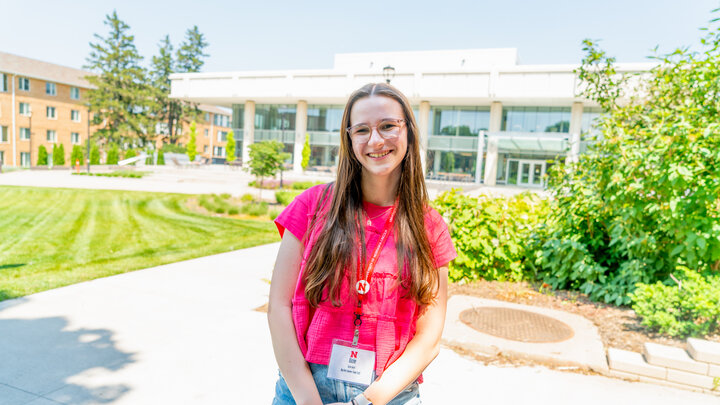News/Updates in Fillmore County NE
4-H Workshops, Programs, & Camps
4-H Workshops, Programs, & Camps
Find all the 4-H information on workshops, programs, and camps happening near you!
Go to our 4-H tab click the drop down tab "4-H Workshops, Programs, and Camps" or this here
For locations and grades check each flyer or call the office 402-759-3712

Farmers & Ranchers College
Farmers & Ranchers College has completed their 2024-2025 Programs. If you would like any notes from these presentations please call the office at 402-759-3712.
On Dec 7th they had Dr. David Kohl come and present on Economic Realities in the Ag Industry: The Pulse
On Jan 21st they were at the Meat Animal Research Center in Clay Center having their Cow/Calf College, Beef Seminar
On Feb 21st they had Steven Johnson, Iowa State present Understanding '25 Crop Insurance Updates and the Farm Program. Followed by Eric Snodgrass presenting Principal Atmospheric Scientist for Conduit with High Impact Meteoroglogy.
